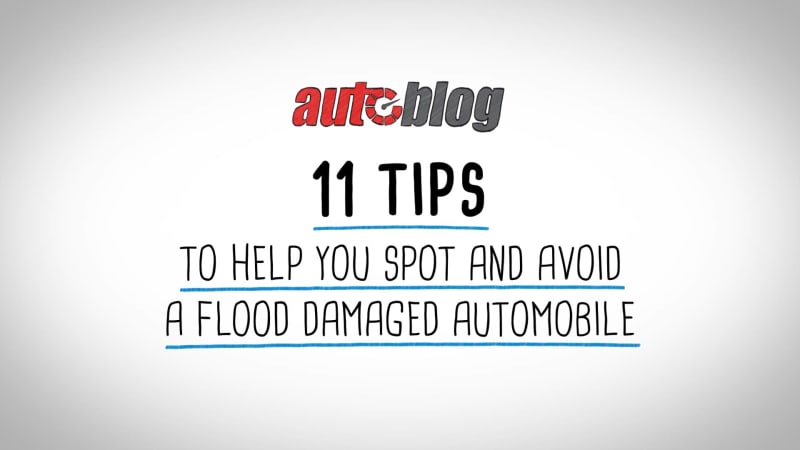Audi Repair Shop Doylestown
Call 267 279 9477 to schedule a appointment

All too often, we’re reminded that flood-damaged cars can have serious engine, mechanical, and body issues. Electronics, which are everywhere on modern cars, are particularly vulnerable. Even if a car looks or performs well now, that might not be the case in a year or two when corrosion sets in. Unfortunately, flood damaged vehicles do show up in the
market. As with any used car, a pre-purchase inspection from a trusted mechanic is highly recommended. But before taking it to a mechanic, save yourself time, money, and potential heartache, by using these 11 tips to help you spot — and avoid — a flood-damaged automobile.
1. Check state of origin
Out-of-state cars are often transported away from flood zones to areas where there is less awareness of the issue — pretty sneaky! Visit
for a free flood damage check, based on the previous state of registration.
2. Use government databases
Check the vehicle’s history with the
National Motor Vehicle Title Information System
, or the
National Insurance Crime Bureau’s VIN Check
service. A clean background isn’t proof a car hasn’t been flooded, but a bad background means you should just walk away.
3. Do a smell check
If you suspect water damage, start with a “sniff test” — does it smell like must, mold or mildew? What about heavy deodorant trying to cover up one of those smells? All are red flags.
4. Check your fabrics
Check the carpets, upholstery, and spare-tire well. Are they musty, stained, or show signs they’ve been mud-caked? Or, do they look like brand-new replacements?
5. Check under the seats
Since seats are often removed when drying out a water-damaged car, they can reveal a lot. Look for seat bolts that show damage from being wrenched, and for rusty springs.
6. Check under the hood
Water damage is often revealed by lifting the hood. Murky crankcase oil, stained paper air filters, or a water line on the firewall or inner fenders are all possible signs.
7. Check the lights
Headlights and taillights next: Is there evidence of a past water line inside? Are they foggy? Water inside a head or taillight isn’t necessarily a sign of flooding. Sometimes they leak or get condensation inside.
8. Check the nooks and crannies
Examine corners under the hood, the dashboard, in the trunk, or inside body panels. Run your finger over hard-to-reach (and therefore hard-to-clean) places. Any evidence of mud or silt?
9. Check the nuts and bolts
Rusty screw heads and bolts under the dashboard or in other hidden places could be signs of damage. Life the carpet if possible.
10. Check the undercarriage
Check out the undercarriage! Have the rubber drain plugs on the underside of the car been removed?
11. Test drive
Finally, take it out for a test drive to see how it runs! Remember to check all the electronics for signs of damage.
With a little preparation, you can avoid water damage and make the right decision.
from Autoblog https://ift.tt/2DU8bv6